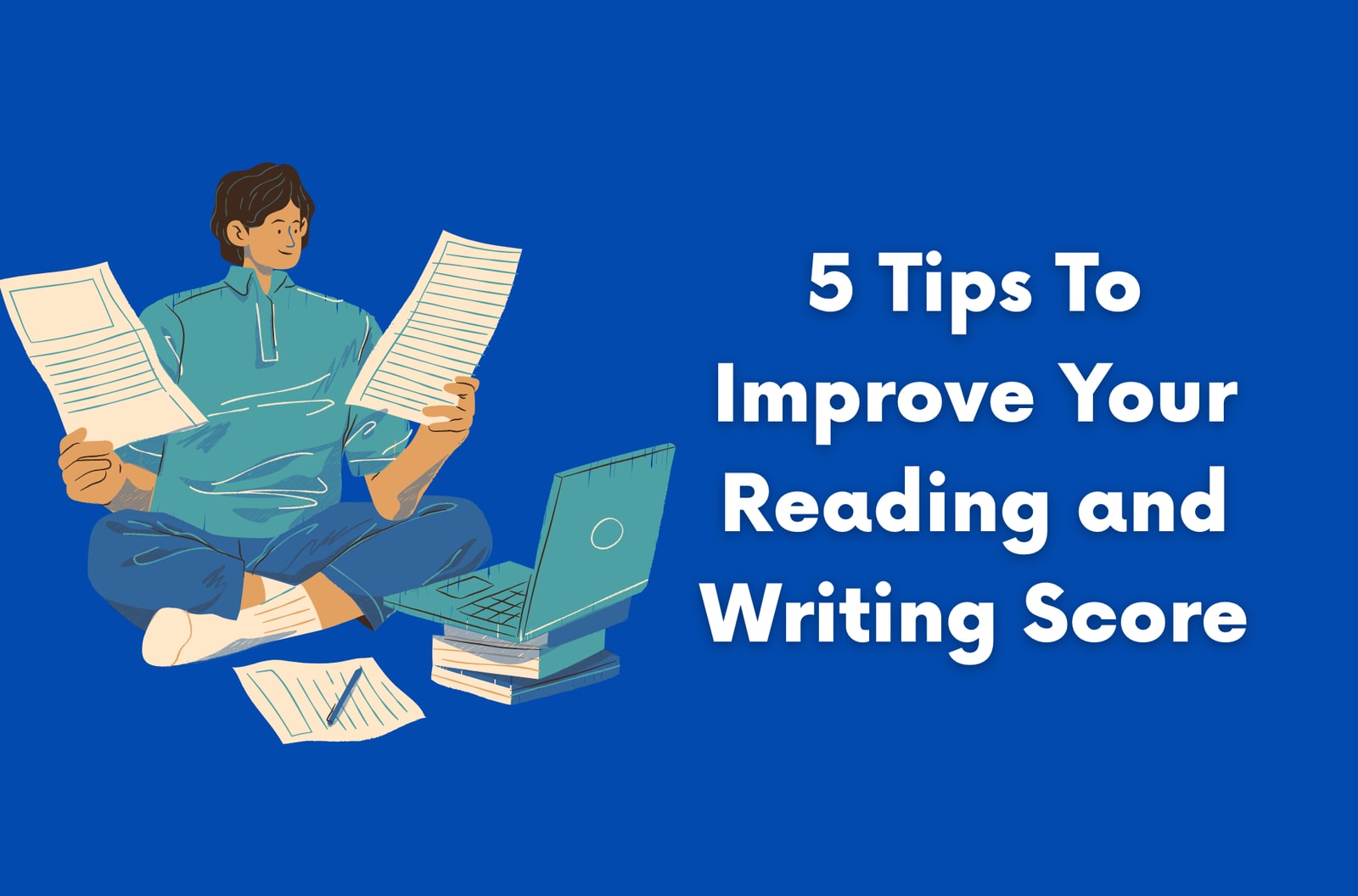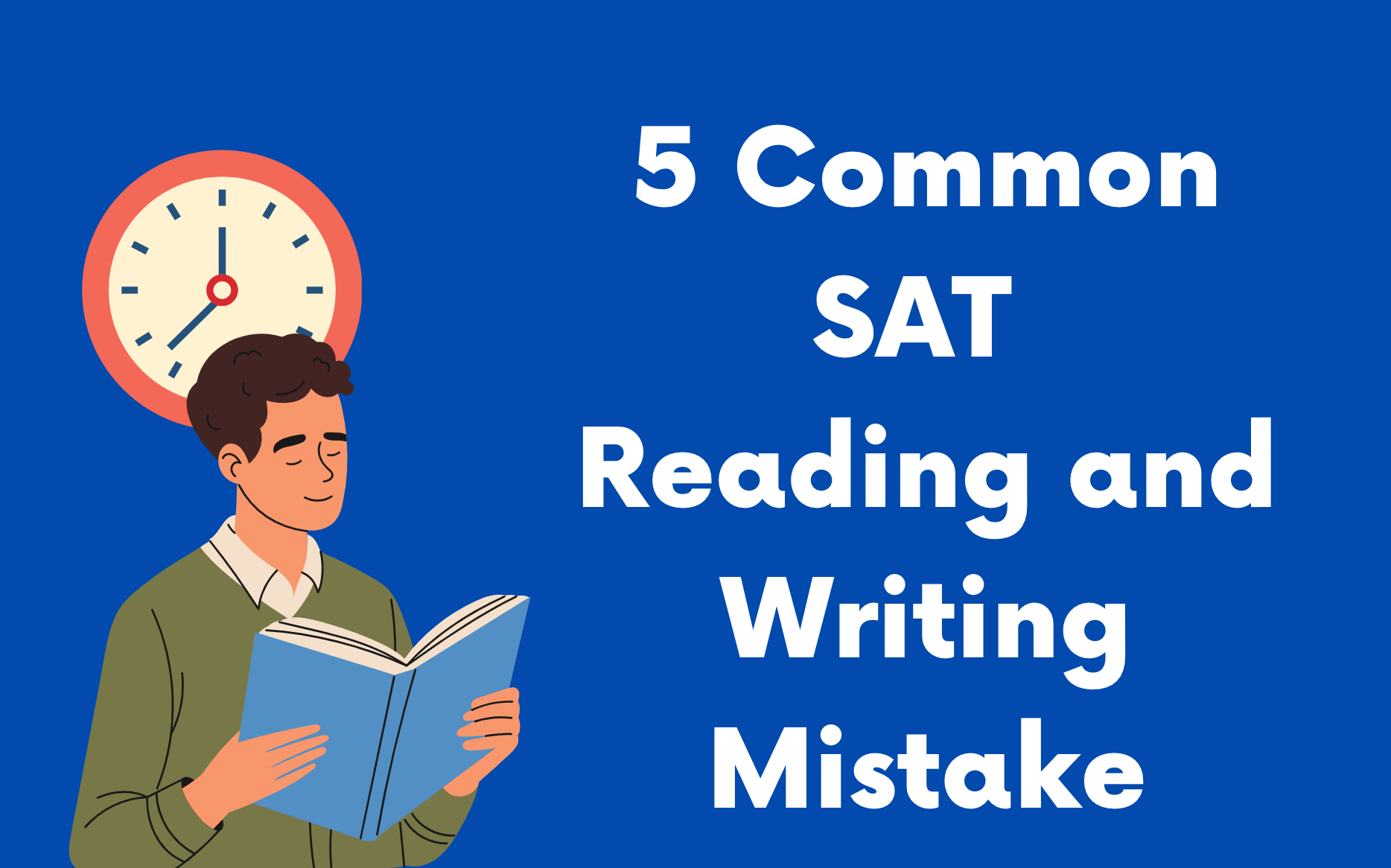5 Essential SAT Writing Tips to Boost Your Test Score
Author
Phoenix Wilder
Date Published

Although the digital SAT no longer includes an essay, strong writing skills remain crucial for achieving a high score. The SAT Reading and Writing section evaluates your ability to synthesize ideas, use appropriate transitions, adhere to standard English conventions, and more. This section is structured to test your skills across four major areas: Information and Ideas, Craft and Structure, Expression of Ideas, and Standard English Conventions. By implementing these five expert tips, you can sharpen your writing skills and maximize your SAT score on test day.
SAT Reading and Writing Section Timing
The SAT Reading and Writing section consists of two modules, each with 27 four-option multiple-choice questions. With 54 questions to complete in 64 minutes, you’ll have an average of about 1 minute 10 seconds per question. Efficient time management is critical to success.
Tip 1: Use the FANBOYS Mnemonic
SAT grammar questions often test your knowledge of standard English conventions, such as subject-verb agreement or correct sentence structure. A common challenge students face is correcting run-on sentences. This is where the FANBOYS mnemonic becomes a handy tool. FANBOYS stands for the seven coordinating conjunctions:
For, And, Nor, But, Or, Yet, So.
When combining two independent clauses, you can use these conjunctions along with a comma. For example:
- Incorrect: Lola loves baking she often bakes cookies.
- Correct: Lola loves baking, so she often bakes cookies.
Tip 2: Correct Fragments vs. Run-On Sentences
Understanding sentence structure is fundamental to identifying and fixing fragments and run-ons while taking the SAT. A sentence must include a subject, a verb, and a complete thought. If any of these components is missing, you likely have a sentence fragment. Conversely, a run-on sentence improperly combines two or more independent clauses. Let’s break these concepts down:
Fragments
- Missing Subject:
Example: Ran to the park.
Corrected: She ran to the park.
- Missing Verb:
Example: She a great artist.
Corrected: She is a great artist.
- Missing Complete Thought:
Example: While she painted a masterpiece.
Corrected: While she painted a masterpiece, her friends admired her talent.
Run-On

Tip 3: Identify Relationships in Transition Questions
Questions about transitions often appear on the SAT. They require you to determine how two ideas are connected in a passage. To master these questions, identify the type of relationship between the two ideas and select the transition word that matches. Here are the most commonly tested relationships:
- Continuation: Extending the same point.
Example: Cockapoos are smart dogs. Further, they are highly affectionate.
- Contrast: Highlighting a difference.
Example: Cockapoos are smart. However, they require consistent grooming.
- Cause-and-effect: Showing one idea leads to another.
Example: Cockapoos are smart dogs. Therefore, they are popular among pet owners.
By paraphrasing the relationship between the connected ideas, you can better identify the right transition word.
Tip 4: Master Punctuation Rules
Many SAT questions focus on placing punctuation marks correctly. The punctuation marks that appear most frequently are commas, semicolons, colons, and dashes. Below are key rules to keep in mind:
Commas (,)
- Separate items in a list: Apples, bananas, and oranges.
- Link two independent clauses with FANBOYS: He studied all night, but he still felt unprepared.
- Set off introductory information: In 2021, she launched her company.
- Enclose non-essential descriptive phrases: Her painting, which was on display, received great reviews.
Semicolons (;)
- Join two independent clauses where no FANBOYS conjunction is used:
The hike was long; it took them six hours to complete.
Colons (:)
- Introduce explanations, examples, or lists:
She brought all the essentials: sunscreen, a water bottle, and snacks.
Dashes (—)
- Indicate breaks in thought:
We planned a picnic—though rain was in the forecast—to enjoy the warm weather.
Apostrophes (‘)
- Indicate possession: Sarah’s backpack, the teachers’ lounge.
- Form contractions: It’s cold outside. Who’s joining us?
Understanding precise punctuation usage is essential, as even subtle changes can alter a sentence's meaning.
Tip 5: Recognize When Punctuation is NOT Needed
The SAT Reading and Writing section often tests your ability to recognize unnecessary punctuation. When reviewing answer choices, consider the following:
1. Ask yourself:
Is the punctuation correct for the context?
Is the punctuation necessary?
2. Typical Cases of Incorrect Usage:
- Don’t separate a subject from its verb:
Incorrect: The diligent student council, meets weekly.
Correct: The diligent student council meets weekly.
- Don’t separate a verb from its object:
Incorrect: She plays, basketball.
Correct: She plays basketball.
- Don’t unnecessarily set off essential elements:
Incorrect: The, diligent student, council meets weekly.
Correct: The diligent student council meets weekly.
By paying attention to these details, you can avoid overusing or misusing punctuation in your answers.
Conclusion
Success on the SAT Reading and Writing section comes down to mastering grammar rules, sentence structure, transitions, and punctuation. By memorizing the FANBOYS conjunctions, distinguishing fragments from run-ons, understanding transitions, refining your punctuation skills, and knowing when to avoid unnecessary punctuation, you can build the confidence to tackle even the trickiest questions. Practice these strategies during your preparation, and you'll be ready to excel on test day!
Related Posts

Struggling with the Digital SAT Reading & Writing section? Discover 5 common mistakes students make and actionable tips to boost your score!

Discover proven strategies to score a perfect 800 on the SAT Reading and Writing sections. Learn essential skills and tips for test day success.